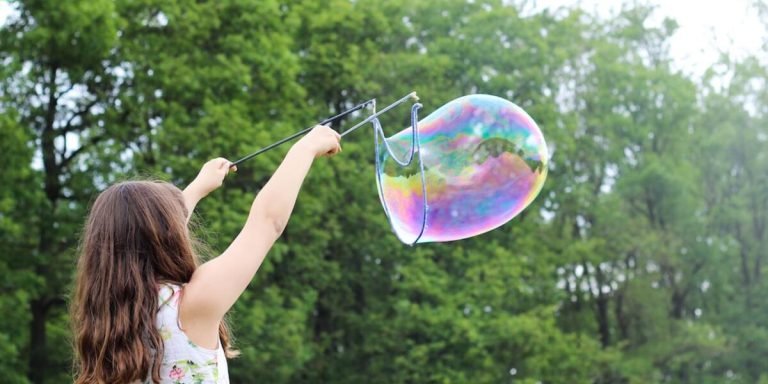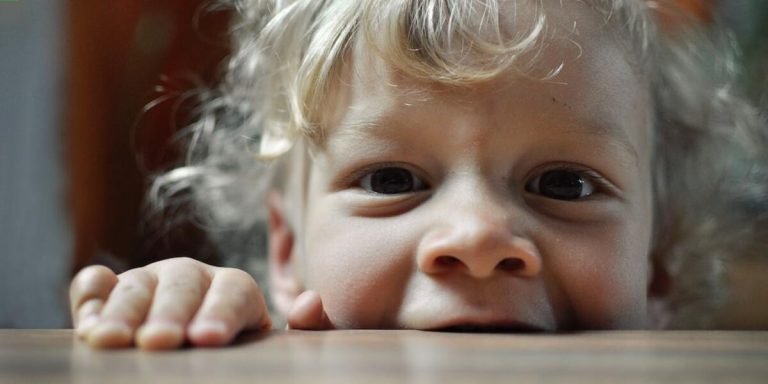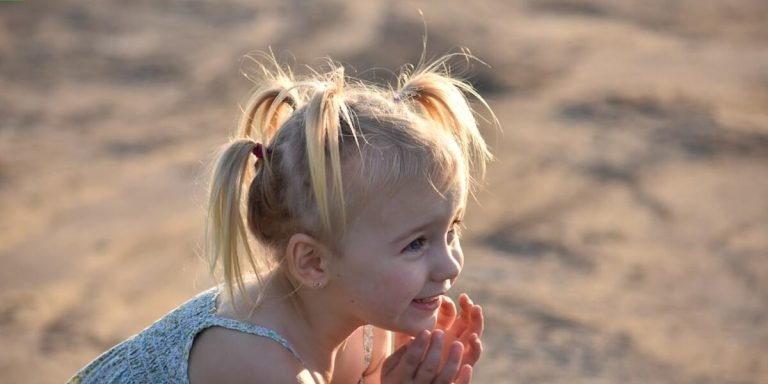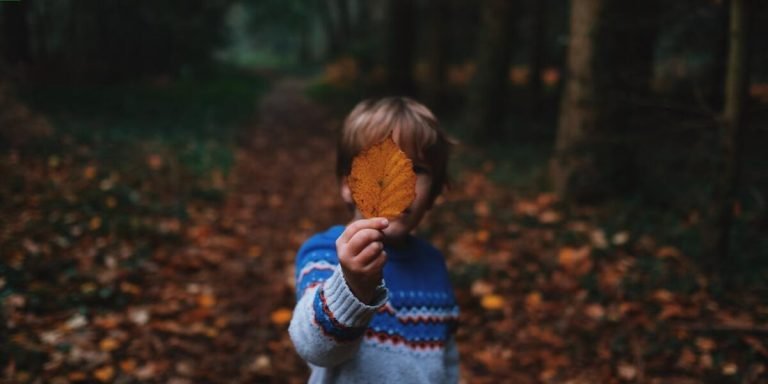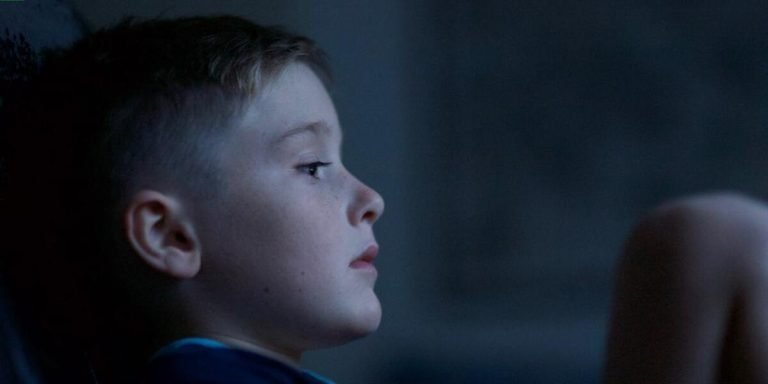Toddler Activity: Engaging Ways to Promote Cognitive Development
In the early years of a child’s life, exposure to various toddler activities plays an influential role in promoting cognitive development. These activities provide ample opportunities for toddlers to explore and understand their surroundings better. It aids them in enhancing numerous cognitive skills such as attention, memory, critical thinking, problem-solving among others.
Despite its importance however, choosing suitable activities that will effectively facilitate this growth can be quite challenging for parents and educators alike. This post is set to demystify these challenges by providing engaging ways through which you can promote your toddler’s cognitive development seamlessly. Be prepared; it promises to be enlightening!
Did you know?
Did you know? By age 3, a toddler’s brain is twice as active as an adult’s. This hyperactivity helps them absorb information faster and adapt to their surroundings – making it the prime phase for cognitive development activities!
The Role of Play in Toddler Cognitive Development
Play holds a significant role in the cognitive development of toddlers. It’s often during playtime that children make their first discoveries about themselves and the world around them. In a technologically driven era, integrating technology into toddler activities has become essential to enrich learning experiences while promoting developmental milestones.
Through structured play, youngsters are introduced to basic concepts such as problem-solving, decision-making and self-expression which lay a strong foundation for lifelong learning. Toddler activity enhanced by modern educational tools helps create an engaging environment where young learners can explore at their own pace without feeling overwhelmed or pressured.
In 2023, technological advancement proves useful not only in adult work spheres but equally so in early childhood education; transforming traditional methods into interactive and innovative ways of imparting knowledge. Digital games acting as teaching aids demonstrate the concept better than any textbook could ever do – making lessons more fun-filled fostering increased retention among kids.
To conclude it all together neatly- Play isn’t just important for practical reasons like muscle building & coordination improvement but also crucially beneficial when weaved strategically with current trends like tech-integration amplifying its overall impact on child’s growing cognition!
Encouraging Problem-Solving Through Age-Appropriate Puzzles
Problem-solving skills are an integral part of toddler cognitive development. One effective means to foster these abilities is through age-appropriate puzzles, which double as a fun and engaging toddler activity.
Starting with simple wooden shapes that fit into corresponding slots, toddlers begin their journey in problem-solving. They learn about different figures and how each distinct shape can only be slotted in its unique place – a crucial step towards understanding the concept of cause-and-effect relationships.
As children grow older and gain more spatial awareness, jigsaw puzzles come into play. These require youngsters to visually process various pieces and determine where they fit within the larger picture—a task that necessitates analytical thinking and patience.
One major benefit of puzzle solving is when your little one finally places the last piece correctly – it’s not merely about successfully completing a task but mastering persistence too. This feeling of achievement boosts self-confidence exponentially among toddlers who have just unlocked another level in their world exploration efforts!
In 2023, traditional puzzle sets remain evergreen while technology adds innovative twists for our digital natives’ liking! Touchscreen devices can offer interactive puzzling experiences packed with vibrant colors, sounds providing instant feedback on things like correct placement or error-making—an upgrade from conventional counterparts!
Nurturing Creativity with Sensory Bins and Art Projects
Sensory bins and art projects are more than just a fun toddler activity. They play a fundamental role in early childhood education by fostering creativity, enhancing cognitive development, and integrating technology.
Engaging toddlers with sensory bins is an effective strategy to nurture their inherent curiosity about the world around them. These tactile experiences help children connect physical actions with learning concepts while promoting imaginative expression and problem-solving skills.
The use of various textures like sand, water beads or pasta not only stimulates their senses but also provides hands-on opportunities for exploring different shapes, colors, sizes- building on observation abilities which have long term impacts on analytical thinking.
As we keenly tread towards future-ready education in today’s fast-paced tech-driven era (2023), adopting unique approaches like sensory bins & tech-enabled arts goes beyond mere entertainment value – it cultivates essential life skills including critical thinking strategies amongst our young minds right from their nascent stage of understanding.
Establishing Foundational Literacy Skills in the Early Years
Developing foundational literacy skills, especially amid young learners in their early years, has never been more critical. In this digitized age of 2023, terms like “toddler activity” go far beyond conventional play; they entail a blend of learning and fun made possible through technological integration in education. This harmonious merger offers engaging ways to instill these crucial abilities from the onset.
Early childhood education must not only include enjoyable toddler activities but also promise an interactive conduit for nurturing primary language proficiency. For instance, diverse technologically assisted tools such as educational apps or online storybooks engage toddlers enhancing their reading ability and comprehension skills significantly.
Leveraging technology in early childhood education increases accessibility while maintaining quality engagement with little ones at home or school settings alike. Learning becomes vibrant when adapted according to individual speeds and levels—ultimately leading towards developing autonomous learners infused with curiosity about the world around them.
Interactive Storytelling Sessions to Boost Language Acquisition
Interactive storytelling sessions have seen a surge in popularity within early childhood education, particularly as an efficient toddler activity to boost language acquisition. They not only engage children’s minds but also contribute significantly towards establishing foundational literacy skills.
The integration of technology into interactive storytelling sessions enhances their effectiveness and appeal for youngsters in 2023. Here’s how:
1. Digital Storybooks: Today’s tech-savvy kids are immensely drawn to digital platforms that offer delightful audio-visual content which aids comprehension and vocabulary building while maintaining engagement levels high throughout.
2. Apps and Websites: A myriad of apps and websites now provide highly engaging educational stories curated specifically for toddlers who can manipulate on-screen elements using simple gestures with hands-on learning—an approach known among educators as kinesthetic learning helps foster better retention among young learners.
Using Rhymes and Songs for Phonemic Awareness
Rhymes and songs play a crucial role in early childhood education, aiding significantly in enhancing phonemic awareness. Phonemic awareness refers to children’s ability to recognize and manipulate the individual sounds, or ‘phonemes’, within spoken words. This attribute is pivotal for their language development and literacy skills.
Introducing toddlers to different rhymes can be an engaging toddler activity that promotes learning while ensuring fun. Rhymes are not only vital tools for memory retention but also serve as excellent auditory exercises helping children understand how sounds work together.
Children often pick up rhythm from these activities faster than we anticipate because of the repetitive nature of nursery rhymes. The repetition helps kids identify patterns leading them towards improving their pronunciation over time which feeds into reading abilities later on.
Songs with catchy tunes can make this process even more entertaining while providing similar benefits. Singing enhances listening capabilities enabling them to detect various nuances like highs/lows pitches, soft/loud tones etc., incorporating subtle layers of linguistic comprehension at a tender age itself.
In our technologically advanced world as it is in 2023, technology Integration plays a significant part too when talking about toddler activities related to strengthening foundational literary skills during early years.The use of educational apps featuring interactive games involving rhyming sequences could take traditional learning methods up another notch! These tech savvy integrations ensure inhibiting monotony; keeping young minds continuously interested by delivering innovative teaching approach combined with entertainment quotient they keenly look forward!
Integrating Physical Activity into Daily Routines for Toddlers
In this digital era, where technology has deeply penetrated all aspects of life, early childhood education is undergoing a considerable transformation. Particularly for toddlers, the integration of physical activity into their daily routines is gaining paramount importance in educational settings and at home. This fusion not only boosts their gross motor development but also sets stage for lifelong habits that promote overall wellbeing.
Gone are days when toddler activities were limited to simple stack blocks or clay play. Now with our advanced understanding of child learning processes combined with technological advancements in 2023, we can seamlessly implement engaging tech-assisted physical exercises which make mundane everyday tasks an exciting adventure for little minds. Interactive games that integrate dance moves or action songs synced on tablets and smart screens encourage movement among kids while keeping them engrossed.
Meanwhile it’s important to strike a balance using technology-integrated physical activity strategically as part of your toddler’s routine without being overly dependent upon it. Remember this incorporation does not replace traditional physically interactive play like hide & seek or tag races – these continue to hold value enhancing social skills and promoting imagination-based creativity amongst children.
While weaving such activities into your young one’s day-to-day itinerary may initially appear challenging given toddlers’ unpredictable nature; creative utilization alongside age-appropriate ed-tech resources makes the process smoother over time helping you raise happier healthier children readying themselves better for academic challenges ahead!
Designing Safe Indoor Obstacle Courses for Gross Motor Skill Growth
Keeping your toddler active is essential in promoting growth, development, and general well-being. One creative way to incorporate ‘toddler activity’ into daily routines while also focusing on their gross motor skill growth is through the design of safe indoor obstacle courses.
As we are currently in 2023, technology integration plays an integral role even at this early stage. A fundamental part of Early Childhood Education involves utilizing innovative methods that adapt with changing times while still respecting traditional learning principles for balanced holistic education.
Indoor obstacle courses bring excitement and variability which motivates toddlers to move more regularly. It necessitates climbing over pillows or crawling under tables; all these spark joy but imperatively improve balance and coordination skills too.
Obstacle course designing does not need complicated equipment nor extensive space – it could range from a simple bedroom setup involving stuffed toys as barriers or perhaps arranging cushions strategically around the living room area calling for toddlers’ maneuvering actions further enhancing spatial awareness plus dexterity levels significantly.
Incorporating technology elements may seem puzzling initially especially concerning physical tasks nevertheless tech-savvy tools can be advantageously used elevating engagement experiences overall.
Incorporating Dance and Movement Games for Coordination Improvement
Incorporate dance and movement games into your toddler’s daily routine
to boost their coordination interactively. These activities help with physical development and foster creativity, rhythm, balance, and fine motor skills. Consider these innovative ways to engage your little one:
- Turn on their favorite music and have a dance-off.
- Play “Simon Says” with movements like hopping, skipping, or twirling.
- Use scarves or ribbons for them to wave around in time with the music.
- Set up an obstacle course they can crawl under or jump over.
- Have a daily “animal walk” parade where you both imitate different animal movements.
1. Morning Dance Routine: Start the morning on an energetic note by introducing a dance routine after breakfast with simple steps that toddlers can follow easily. The goal is to keep it fun and engaging.
2. Interactive Storytelling With Actions: Encourage imaginative play through storytelling sessions where stories come alive via actions and movements.
3.Pull out the Tech Toys: In this digital age, there are numerous apps available specifically designed for early childhood education like ‘LeapFrog’, which combine learning with motion-based interactions thus integrating technology effectively into education while keeping it light-hearted yet impactful.
Conclusion
In the end, remember that there isn’t a one-size-fits-all toddler activity. Infusing fun and learning into their routines is key to promoting cognitive development during these formative years. As you journey through parenthood or education practice, be as inventive and engaging as possible with your young ones in order to ignite their innate curiosity and drive for knowledge acquisition.
But don’t worry, we’ve got your back! Feel free to browse around our website where we offer an extensive array of useful insights concerning childhood education. Whether it’s therapeutic strategies for special needs children or creative teaching techniques tailored for dynamic learners – rest assured we have plenty more resources at your disposal covering all aspects of educating youngsters along with dedicated support for parents and teachers alike.


